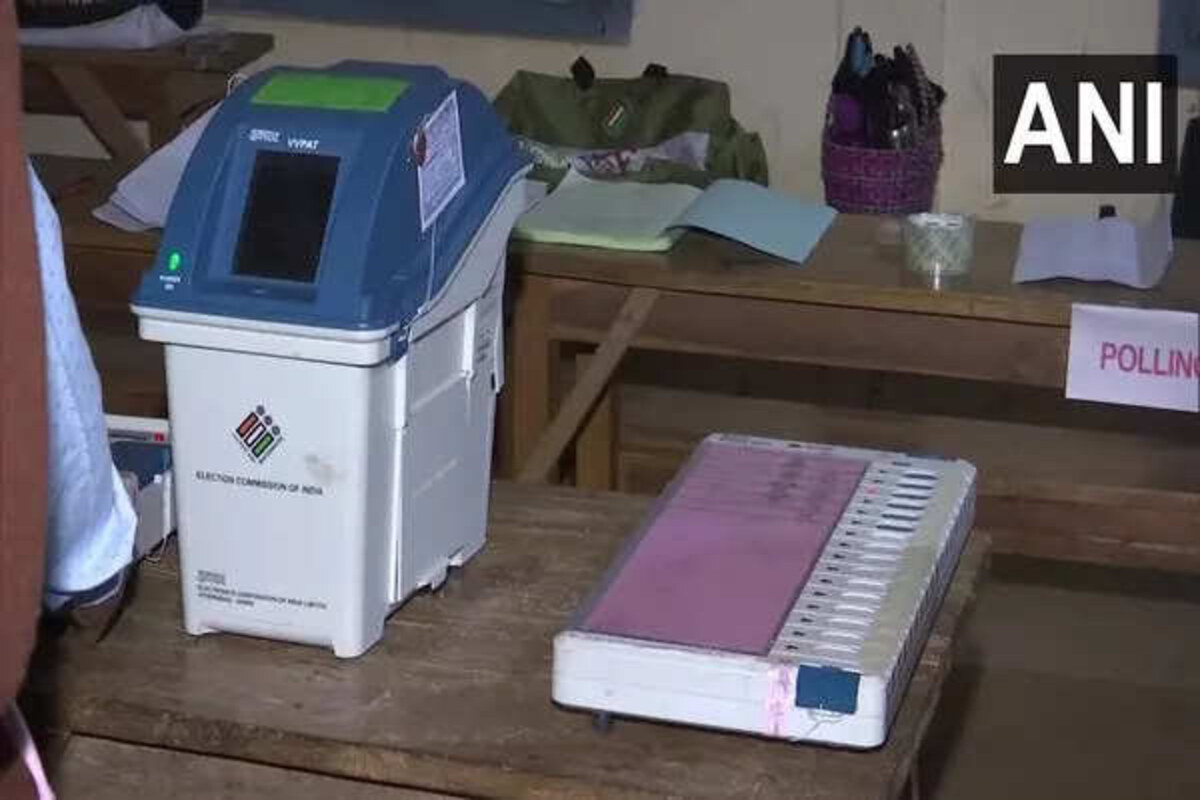Hate speech: BJP leader George seeks time to appear before police
George on Saturday requested the police for an extension until February 24 to appear before them for investigation in connection with the case.
The upcoming assembly elections in Haryana are set to be one of the most intense in recent memory, driven by fierce competition within and between three of the state’s most powerful political families ~ the clans of Devi Lal, Bansi Lal, and Bhajan Lal.

Representational Photo
The upcoming assembly elections in Haryana are set to be one of the most intense in recent memory, driven by fierce competition within and between three of the state’s most powerful political families ~ the clans of Devi Lal, Bansi Lal, and Bhajan Lal. These families, often referred to as the ‘Lals,’ have been central figures in Haryana’s politics for more than five decades, with their legacies deeply intertwined with the state’s political and social structure.
The October 2024 elections, however, will see these legacies challenged not only by external forces but also by internal familial rivalries. Haryana’s political landscape has historically been dominated by dynastic politics. The descendants of the three Lals have continued to wield considerable influence, often serving as a bridge between the traditional rural vote banks and the evolving urban electorate.
Advertisement
What makes this election significant is the direct contest between members of the same clans, a departure from the more united fronts they had presented in the past. This shift speaks to both the growing complexity of Haryana’s politics and the urgent need for these political dynasties to remain relevant in an increasingly fragmented political environment. The presence of multiple candidates from the same family, often representing different political parties, underscores the struggle for both power and legacy. For instance, members of Devi Lal’s family, one of the most prominent in Haryana, are in direct competition in several constituencies.
Advertisement
This internal rivalry, while indicative of personal ambition, also reflects a broader trend in Indian politics where family ties are increasingly strained by political aspirations. The division within the family could potentially dilute their influence, as votes are split among relatives rather than consolidated under a single candidate or party banner. The emergence of these familial contests coincides with the rise of national parties like the Bharatiya Janata Party (BJP), which seeks to expand its foothold in Haryana. By aligning with certain members of the Lal families, the BJP is aiming to strengthen its position among traditional Jat voters, while also appealing to nonJat communities. This strategy of courting both Jat and non-Jat constituencies speaks to the party’s ambition to broaden its base and consolidate power in a state where caste dynamics have historically played a critical role in electoral outcomes.
Yet, while the Lals continue to dominate headlines, their political clout is no longer as absolute as it once was. The newer generation of voters may be less inclined to vote based solely on legacy and more interested in candidates who can address contemporary issues like employment, rural development, and infrastructure. This presents both a challenge and an opportunity for the dynastic candidates ~ they must prove their relevance beyond their surnames. As national parties assert their influence and family feuds come to the fore, these elections may well redefine the future of Haryana’s politics, determining whether legacy can still triumph over modern electoral realities.
Advertisement